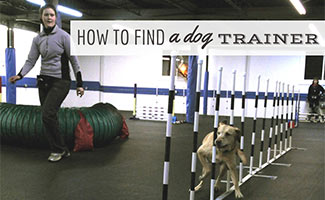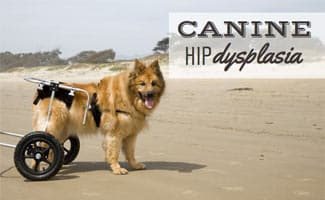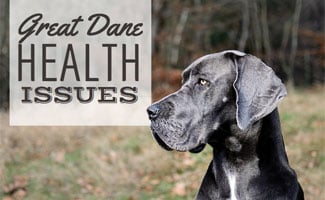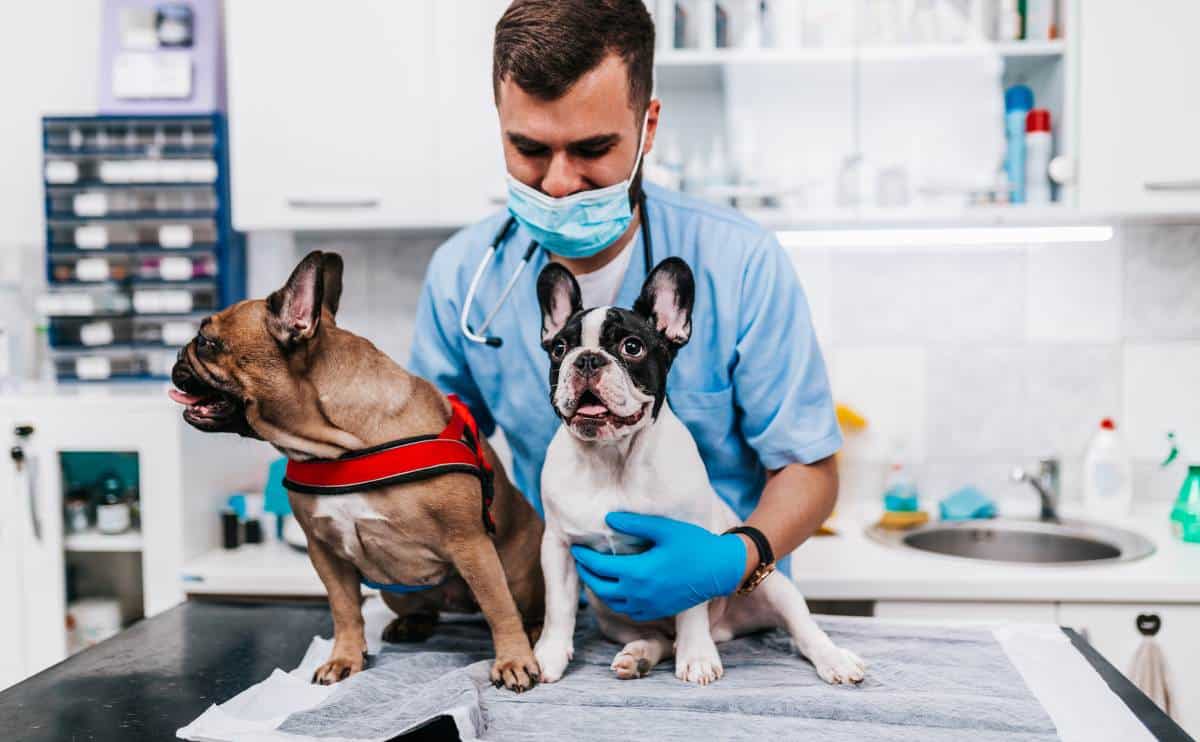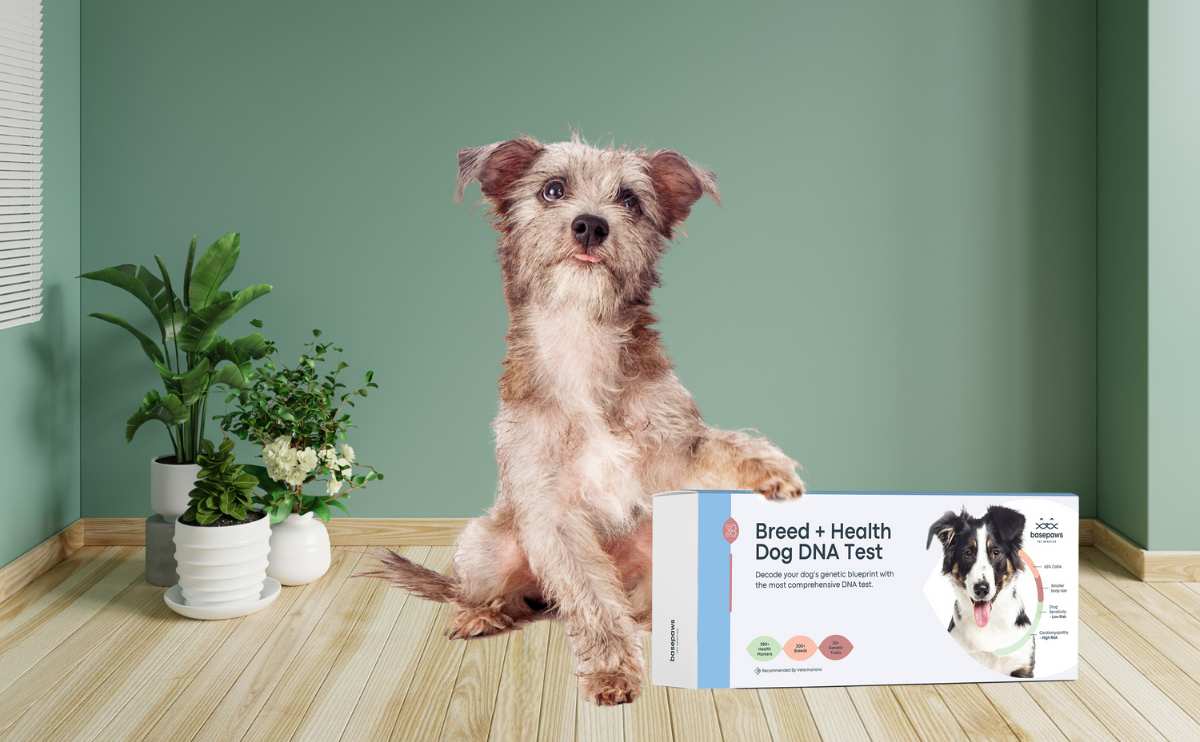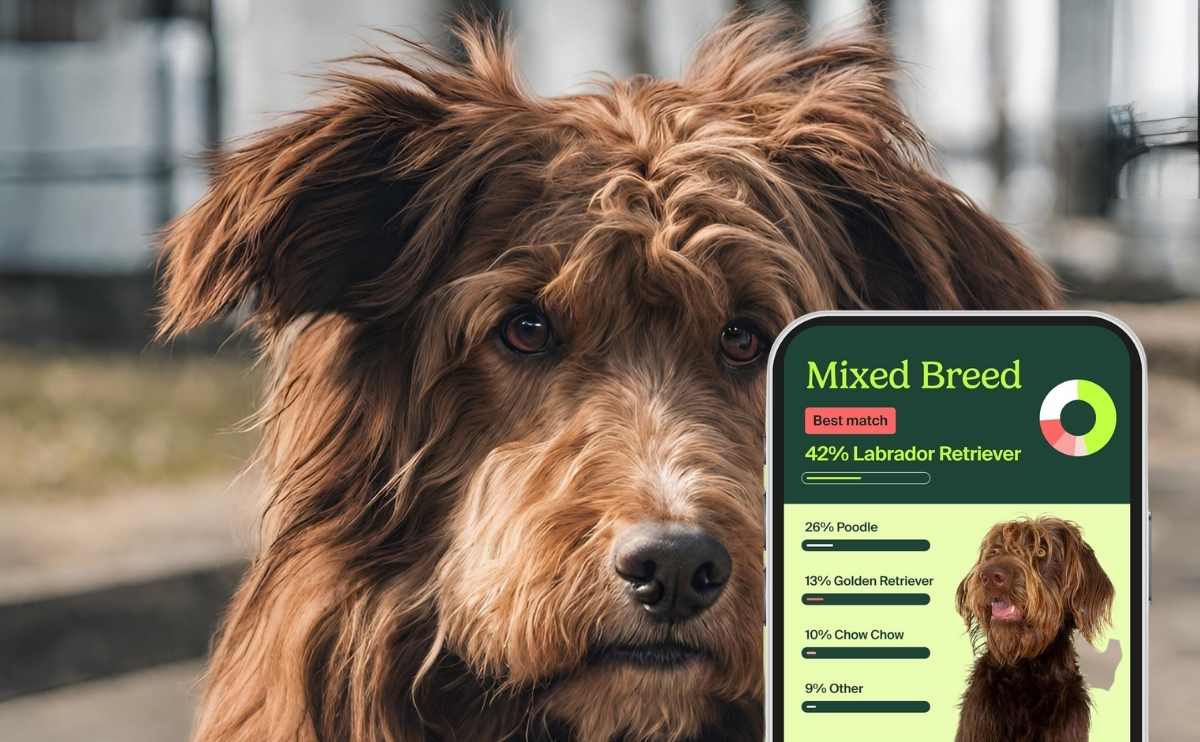When you purchase through links on our site, we may earn a commission. Here’s how it works.
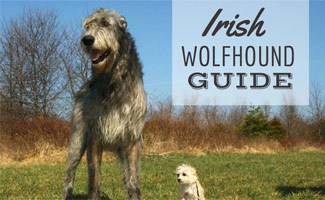
One of the largest dog species, the Irish Wolfhound can reach a small horse’s size. Some may see this wire-haired dog as a monster due to its size, but it’s one of the gentlest breeds. Let’s look at the history of this giant breed, its overall temperament, physical appearance, and demands as a domesticated animal.
- History Of The Irish Wolfhound
- Appearance
- Are Irish Wolfhounds Hypoallergenic?
- How To Groom An Irish Wolfhound
- Temperament
- Training
- Health Concerns
- How Much Exercise Do They Need?
- What Is The Best Dog Food For An Irish Wolfhound?
- What Is Their Life Expectancy?
- Popular Mixes
- Irish Wolfhound vs Great Dane vs Scottish Deerhound
- How Much Do They Cost?
- Five Things To Consider About An Irish Wolfhound
- Will An Irish Wolfhound Fit In With Your Home?
History Of The Irish Wolfhound

The oldest known records of the Irish Wolfhound date back to 391 AD in Rome. During these ancient times, this large breed was most commonly used to guard property and fight in wars. As time progressed, these dogs began hunting wolves, Irish elk, deer, and boar. The name “wolfhound” originates from its use as a wolf hunter.
The Irish Wolfhound thrived in Ireland, where it kept “pest” populations at bay, but when many of these “pests” became extinct, the dog faced endangerment. Irish Wolfhound populations declined until many years later, and the Irish Wolfhound Club was established in 1885. The American Kennel Club recognized the breed in 1897, and in 1925 it was recognized as a sporting breed.
Today the Irish Wolfhound is recognized by the American Canine Registry, American Kennel Club, America’s Pet Registry, Canadian Kennel Club, Dog Registry of America Inc., Federation Cynologique Internationale, Kennel Club of Great Britain, North American Purebred Registry, Inc., American Canine Association, Inc., Australian National Kennel Council, Continental Kennel Club, National Kennel Club, New Zealand Kennel Club, United Kennel Club, and Irish Wolfhound Club Of America.
Appearance
This wiry-coated, giant breed dog has a distinct appearance and a commanding presence.
Size
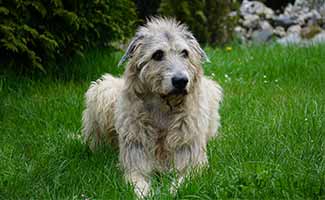
The Irish Wolfhound is one of the tallest dog breeds globally, standing between 28 and 35 inches tall when fully grown. When standing on its hind legs, the Irish Wolfhound can reach up to seven feet tall. Average males are around 32 inches, while females are closer to 30 inches. Both are fully grown by age three.
Despite being taller than most medium and large-breed dogs, this giant only weighs in at 105 to 180 pounds. Full-grown males average 160 pounds and females around 130 pounds.
Everything about this breed is slender and somewhat refined in terms of bone structure. The body itself is slim with a broad chest, and the tail is long and tapered. This breed has exceptionally long legs with rounded feet and arched toes.
The Largest Irish Wolfhound
Irish Wolfhounds are a giant breed that can be a contender for the title of the longest dog. In 2020 Ferrell, an Irish Wolfhound from Tennessee, was recorded at 7 feet 9 inches from the tip of the nose to the end of its tail.
Coat
The Irish Wolfhound has a shaggy coat that is rough and wiry. This longer coat covers the entire dog, including the legs, tail, and head. Some say its long fur over its eyes and under the chin gives the dog an “old man” like appearance.
Color
The Irish Wolfhound’s coat varies in color. The most well-known color is gray; however, their coat can also be red, brindle, white, black, or fawn.
Are Irish Wolfhounds Hypoallergenic?
Despite having a wiry coat, the Irish wolfhound is an average shedder and is not a good choice for anyone looking for a “non-shedding” or lightly shedding dog. And since they do shed regularly, they aren’t hypoallergenic.
How To Groom An Irish Wolfhound
Another essential part of maintaining a healthy Irish Wolfhound is keeping a regular grooming schedule. This breed’s rough hair can daunt new owners; however, you can easily groom them with a brush or comb.
Regular grooming includes brushing the coat thoroughly a couple of times a week to prevent knotting and matting. Veteran Irish Wolfhound owners suggest professional grooming or using a professional grooming kit at least twice yearly to remove any dead hair from the coat.
Temperament
Despite being bred to track and kill wild wolves, the Irish Wolfhound has a kind and sweet temperament with humans. This breed is one of the few giant breeds that seem to be aware of its size, is very gentle with children and can be a wonderful family dog. They can be over-exuberant and clumsy as puppies, and this puppyhood phase lasts for around two years. So owners should be prepared to invest in obedience training upon adoption.
Irish Wolfhounds are exceptionally loyal dogs and tend to be real people pleasers. Many people mistake this breed for an excellent watchdog due to its size, but, while it may deter intruders, it’ll be more likely to welcome strangers than bark at them. This breed is also welcoming to other dogs and large family pets, but you may want to keep it away from your pet gerbils and rabbits.
Training
Anyone contemplating adding an Irish Wolfhound to their home should be prepared to invest time and money in training. Due to this dog’s size, owners must have full control at all times.
One of the most significant training concerns is walking on a leash and avoiding jumping behavior when the dog is young. You could consider an online dog training course or read what our experts have to say about finding the right trainer.
The Irish Wolfhound is an easily trained breed, but it requires both firm and gentle leadership. All dogs need a firm leader; however, breeds like the wolfhound are particularly sensitive and do not respond to harsh training methods.
It’s also essential to build up the dog’s self-confidence to avoid the possibility of it becoming nervous, skittish, maladjusted, and challenging to control. A lack of self-confidence can also lead to nervous biting, separation anxiety, and trouble socializing with people and other dogs.
Health Concerns
This breed is prone to several health conditions that can limit its lifespan or cause concern including:
- Cardiomyopathy
- Bone cancer
- Hip dysplasia
- Canine bloat
- PRA (progressive retinal atrophy)
- Von Willebrand’s disease
Prepare For The Cost Of Your Pup’s Healthcare
Every pet will need healthcare at some point in their lifetime. Our experts review the best pet insurance plans to help you prepare for unexpected costs.
How Much Exercise Do They Need?
The Irish Wolfhound is a giant dog, and they must receive frequent and regular exercise to maintain a healthy weight. Exercise also gives all dogs an outlet for their natural need to roam and exposes them to varying stimuli. Due to the rapid growth rate during puppyhood, they need to avoid heavy exertion. The Irish Wolfhound experiences fast growth spurts, so over-exertion can impact their bones.
Irish Wolfhound Top Speed
Better known for a quick sprint than long-distance running, the Irish Wolfhound can reach speeds of up to 40 mph.
What Is The Best Dog Food For An Irish Wolfhound?
Due to their incredible growth rate, Irish Wolfhounds must receive adequate nutrition to develop strong bones and healthy organs. High-quality dog foods eliminate the need for additional supplementation. Most breeders advise avoiding supplementation of this breed altogether since it can increase their already rapid growth and lead to more health concerns.
After puppyhood, Irish Wolfhounds require a low-protein diet with a protein level between 19–21%. However, some individual dogs have special dietary needs that may differ from this recommendation. It’s always important to check your veterinarian to ensure that your dog’s food is suited to his individual needs. Our experts review fresh dog food, raw food, and food delivery options to help simplify feeding your pup.
What Is Their Life Expectancy?
The Irish Wolfhound is a very short-lived breed and has an average life expectancy of six to eight years. The most influential factor in this giant breed’s lifespan is its sheer size, which takes a toll on the dog’s internal organs and joints.
Popular Mixes
Designer dogs are a popular trend with breeders and dog owners alike. Here are some popular mixes that include the Irish Wolfhound.
- Irish Wolfhound Australian Cattle Dog mix (Australian Wolfhound)
- Irish Wolfhound German Shepherd mix
- Irish Wolfhound Great Dane mix (Wolfhound Dane)
- Irish Wolfhound Lab mix
- Irish Wolfhound Mastiff mix
- Irish Wolfhound Poodle mix (Irish Wolfadoodle)
Irish Wolfhound vs Great Dane vs Scottish Deerhound
If you are considering an Irish Wolfhound, you probably thought about other large breeds, like the Great Dane or Scottish Deerhound. Our experts compare these breeds to help you make the right decision.
Irish Wolfhound vs Great Dane
These pups are both large breeds that are energetic but mellow with age. They’re gentle giants that are great with families. However, Great Danes warm up to people a bit faster than Irish Wolfhounds, who can be standoffish. Both breeds come in various coat colors, but Great Danes have a much softer coat than the Irish Wolfhound’s wiry coat. You will find several health concerns for both breeds, but Great Danes do have a slightly longer life span.
Irish Wolfhound vs Scottish Deerhound
These two large-breed dogs are very similar in appearance and size, with the Irish Wolfhound being slightly larger. Both are gentle, but you’ll find the Scottish Deerhound to be a bit more energetic. They’re similar in temperament and health, but the Scottish Deerhound has a longer life expectancy than the Irish Wolfhound.
How Much Do They Cost?
Depending on the breeder and their location, an Irish Wolfhound’s average cost is between $1,500 and $2,000. It’s essential to find a reputable breeder known for providing a healthy, safe environment for the puppies. You may also be able to find a rescue organization from which you can adopt. This option can reduce the cost significantly but may take more time to get your pup.
Five Things To Consider About An Irish Wolfhound
This three-minute video from Dogumentary TV talks about five things you should think about before making an Irish Wolfhound a part of your family.
Will An Irish Wolfhound Fit In With Your Home?
If you’re looking for a sizeable and lovable pup to devote time and energy to, an Irish Wolfhound might be a good fit. If you need a low-key dog that can live in a smaller space, you may need to reconsider. If you want to learn more, check out the Irish Wolfhound Bible.
There are lots of breeds that can thrive in a smaller space. Check out our guide to miniature breeds for a closer look at some options on the opposite end of the spectrum.
Tagged With: Large Dogs

